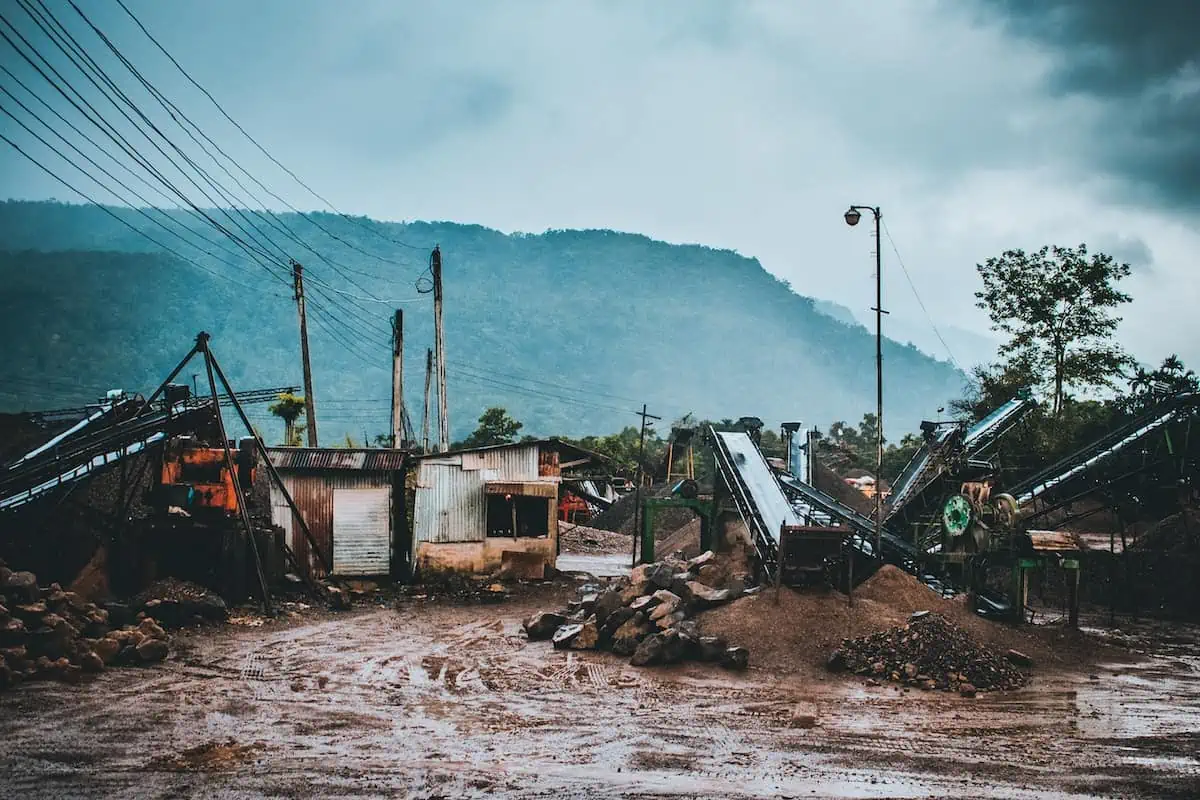When it comes to homeownership, one of the most important steps you can take to protect your investment is securing the right insurance coverage. This is particularly applicable in a state like Connecticut, given the dynamic climate shifts and geographical influences that give rise to distinct risks. Homeowners in the region must be equipped to address these challenges proactively.
The residents of Connecticut should be especially mindful of the potential natural disaster risks that might affect their homes and belongings.
In this article, we will explore the distinctive aspects of natural disaster coverage that homeowners in Connecticut need to consider. This information will assist you in making well-informed choices to protect your property.
Connecticut’s Natural Disaster Landscape
Connecticut’s geographical location along the northeastern coast of the United States places it in a region susceptible to various natural disasters. While not as hurricane-prone as some southern states, Connecticut is not immune to the impacts of these powerful storms.
The state also experiences winter storms, snowstorms, and the risk of flooding due to heavy rainfall or rapid snowmelt. All of these variables underscore the importance for residents to carefully assess their homeowner’s insurance in Connecticut.
This evaluation ensures that the insurance adequately safeguards against the diverse array of risks prevalent in the region.
Hurricane Coverage
Though less frequent than in some coastal states, the potential impact of hurricanes on Connecticut remains a real concern. When a hurricane does make landfall, it brings with it the risk of high winds, torrential rains, and widespread flooding. While standard homeowner’s insurance policies might offer coverage for damage caused by wind, they often exclude coverage for flood-related damages.
A notable event took place in August 2020 when Connecticut was hit by Tropical Storm Isaias. This storm was notable for its unusual behavior of sustaining strength over land rather than weakening. This resulted in wind gusts of 60 to 70 mph across the state.
The impact was severe, with thousands of trees and power lines knocked down, the majority of which were caused by nearly 9,000 fallen trees. Additionally, the storm spawned Connecticut’s first tornado linked to a hurricane or tropical storm. The aftermath was marked by the closure of over 90 state roads due to the extensive damage.
Given such circumstances, homeowners are strongly advised to consider purchasing separate hurricane insurance.
Flood Insurance
Flooding can arise not just from hurricanes, but also from heavy rainfall, snowmelt, or rapid water accumulation. Standard homeowner’s insurance policies usually do not account for flood-related damage.
In September 2021, Connecticut found itself deluged by substantial rain amounts from the remains of Hurricane Irene. A novel occurrence emerged as Connecticut issued its inaugural flash flood emergency, indicating a catastrophic threat level surpassing the regular flash flood warning.
Within a matter of hours, numerous regions received a substantial four to eight inches of rainfall. This volume of water resulted in the inundation of roads and residences. Notably, a stretch of I-395 in Waterford became impassable due to flooding, leading to the suspension of rail services.
Numerous locations across the United States encounter devastating and financially burdensome flooding, some of which might not be designated as federal disasters.
In light of this disparity, Byrnes Agency Insurance suggests that homeowners should actively investigate the availability of flood insurance. Such coverage proves indispensable in a state like Connecticut, where intense precipitation and spring thaw can trigger abrupt and unforeseen instances of flooding.
Winter Storms and Snow Coverage
Connecticut experiences tough winters with heavy snowfall and harsh conditions. Winter storms can cause problems like damage from snow buildup, ice dams, and frozen pipes.
In March 2023, a strong winter storm that had moved through the south and midwest reached the northeast on Friday night. This storm brought strong winds and a mix of rain, sleet, and snow to Connecticut.
Coastal areas were at higher flood risk, while northern regions dealt with slippery roads from sleet, snow, and ice.
Several thousand power outages were reported across Connecticut. As it moved from the south and midwest to the northeast on Friday night, the storm caused at least 10 reported deaths.
Homeowners should make sure they understand their policies and have coverage for the damages that winter storms can cause.
Additionally, they should take preventive measures like insulating pipes and maintaining roofs to reduce winter-related damage risks.
Earthquake Coverage
Earthquakes are not common in Connecticut, but they do happen now and then, according to the state’s Division of Emergency Management and Homeland Security. The places most likely to feel tremors are East Haddam and Plainfield.
A small earthquake with a 1.9 magnitude occurred in Connecticut in early March 2021. Also, in November 2020, a 3.6-magnitude quake in Massachusetts was felt in Connecticut. So, even though earthquakes aren’t usual here, people in Connecticut might still experience them. And if there’s a big quake, it could damage homes.
If someone is worried and wants insurance to cover earthquake damage, they’d need to buy a separate earthquake insurance policy. Regular home insurance doesn’t include earthquakes.
Conclusion
Choosing the right home insurance coverage in Connecticut requires thoughtful consideration of the unique natural disaster risks that the state faces. Whatever the disaster may be, having the appropriate insurance coverage can make a significant difference in safeguarding your home, belongings, and financial stability.
Before making any decisions, it’s recommended to consult with insurance professionals who can guide you in tailoring your coverage to your specific needs.
Article and permission to publish here provided by Daniel Washington. Originally written for Supply Chain Game Changer and published on September 4, 2023.
Cover photo by Sadiq Nafee on Unsplash

